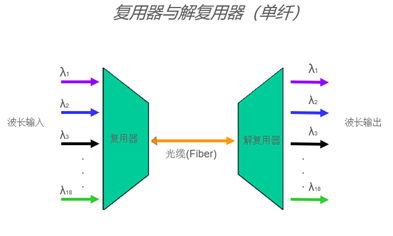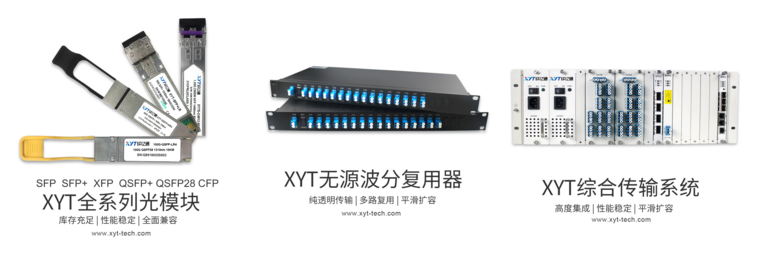
At the beginning of 19 years, a news sensed the whole world. "For the first time, China has realized optical transmission with nearly 30 billion people talking at the same time." Why did Premier Li Keqiang keep his eye on "price reduction and speed-up"? With the advent of 5G era, human beings have entered the era of high-speed Internet. Li Keqiang said: "the Internet has not only changed the way of life of the people, but also directly affects the overall economic structure of our country. People can not only consume online through the Internet or mobile terminals, but also many producers are promoting the upgrading of the industry through the" Internet + "transformation of the real economy. This also means that the national broadband rate increases, people have higher requirements for traffic use.

So "5G, price reduction and speed-up" means infrastructure construction, a large number of communications equipment upgrade and expansion, optical cable laying, base station construction and so on. This is undoubtedly a shock to equipment manufacturers, equipment manufacturers and engineers, and the speed-up of broadband is imminent. First, we simply understand the laying of optical cables. The laying methods of optical cables are generally divided into overhead, buried directly, pipelines, seabed and so on. These laying methods need to detect terrain, natural environment and long distance, large amount of work, long construction period and high cost. So we want to lay the original optical cable on the basis of whether we can expand the optical fiber to maximize the application of optical fiber resources?
In the 1970s, according to the characteristics of optical fibers, it was found that the wavelength of 1310 nm and 1550 wavelength can realize single-fiber dual-band transmission. This is the first time that we have realized wavelength division multiplexing. There are many friends here who may not know much about WDM. In Fig. 1, we input the optical signal lambda at the input end, assuming that there are 18 wavelengths of optical signal input (lambda 1~lambda 18) into the photosynthesizer, which synthesizes the optical signal into a beam of light into an optical fiber, and uses the photolyser at the receiving end to separate the optical signal (lambda 1~lambda 18), so we can run 18 routes in one. After nearly half a century of development, the technology of WDM has now realized 120 channels of DWDM, and the single channel transmission rate reaches 100G/s of high efficiency fiber expansion of DWDM. WDM, once used only in MAN, is now widely used in small-scale regional networks and intranets, so optical fiber expansion is the first WDM.

Fig. 1
What equipment does the WDM transmission system consist of? First of all, we need to know that the propagation of light in optical fibers is not infinite. The loss of optical fibers is about 0.2dB per kilometer. We also need to consider the different frequencies of optical signals. Their different transmission speeds cause the distortion of optical waveforms, that is, dispersion. So in optical communication transmission, we first consider the problem of loss and dispersion, so we should start with reducing dispersion and loss, and add appropriate devices to amplify optical power and reduce dispersion.
In WDM transmission system, we need a light source, that is, an optical signal, which is transmitted by an optical module. Optical module is composed of optoelectronic devices, functional circuits and optical interfaces. The optoelectronic devices include transmitting and receiving parts. With the optical signal, we need to couple the optical signal into a beam of light to transmit in the optical fiber according to WDM technology. Here we need a combiner. At this time, if the transmission distance is very long, we need to set up the optical amplifier (which can amplify the optical signal) and dispersion compensator (which can compensate the dispersion of the optical signal) in the optical link. At the receiving end, we need to separate the light, we need to use the wave splitter, and finally use the optical module to receive the dimming signal, which completes a simple wave division transmission system.

